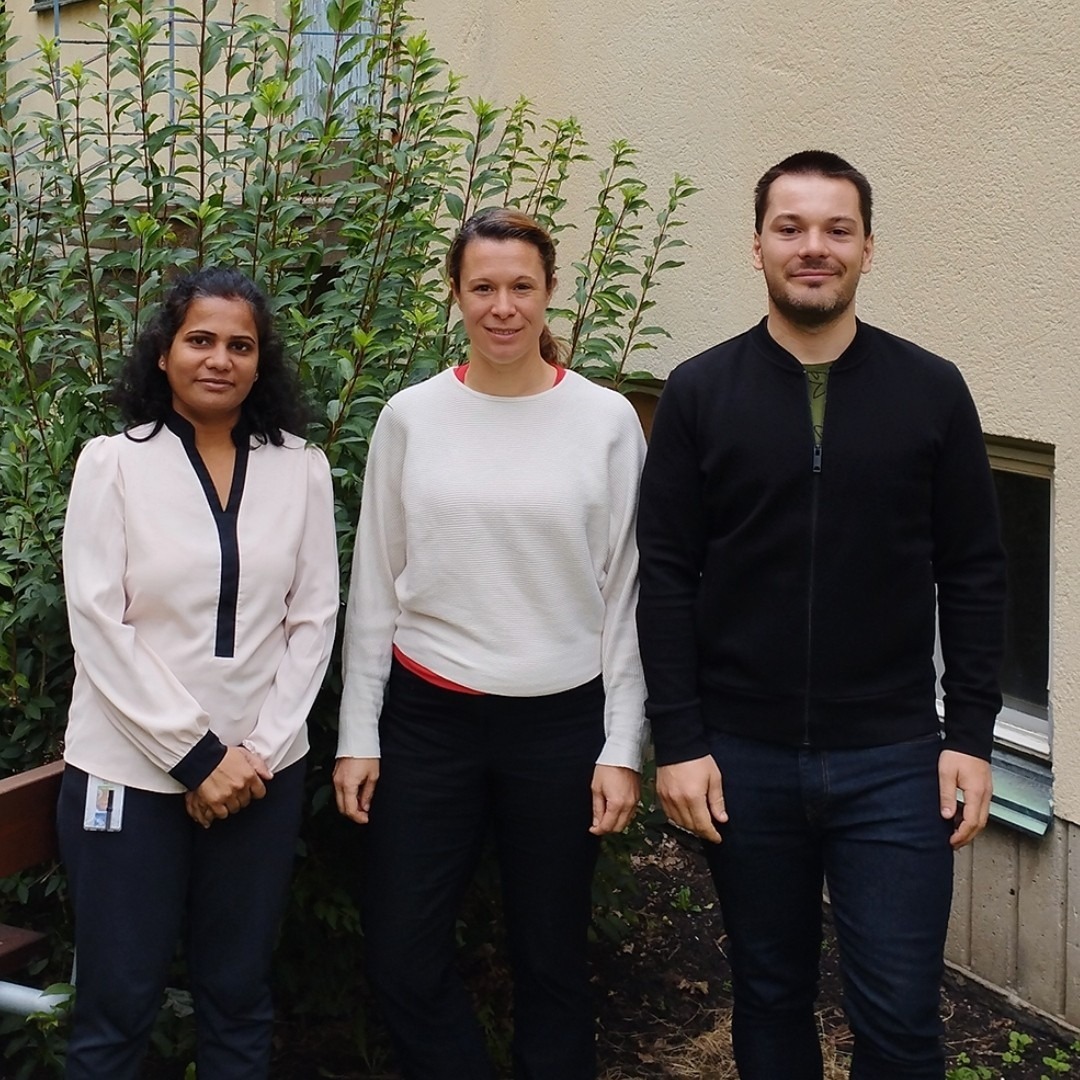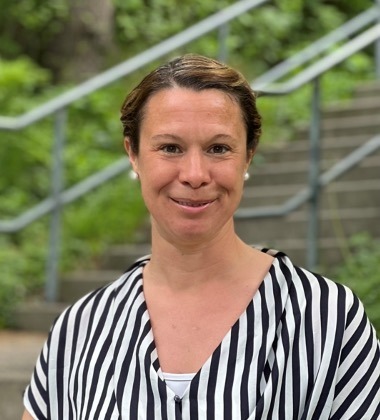Negative regulation of the skeleton tissue has been neglected in finding and implementing sufficient treatment for other conditions. Although senescence and female gender are established risk factors for primary osteoporosis. The aging population of today coupled with improved survival rates from diseases and conditions that have secondary effects on bone further increases the risk of fractures, especially in Scandinavia, which has the highest risk of osteoporotic fractures globally.
Our focus is on the secondary effect of radiation, massive apoptosis within the bone marrow, as well as in autoimmune conditions, and combined this with a decrease in sex steroids. Specifically, we are interested in osteoclasts, the bone-resorbing cells that derive from hematopoietic stem cells via monocyte-lineage precursor cells. While sharing characteristics with other macrophages and dendritic cells, recent research indicates that osteoclasts not only resorb bone but may also play a crucial role in immune activation in the bone marrow. Osteoclasts are stimulated by pro-inflammatory cytokines induced by immune responses, as well as by antibodies, especially non-glycosylated extra-pathogenic antibodies. Furthermore, we examine how osteoclast capacity is influenced by apoptotic dead cells.
Group members
Tibor Sàghy
Priti Gupta
Merja Nurkkula-Karlsson
Malin Erlandsson

